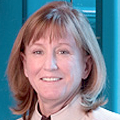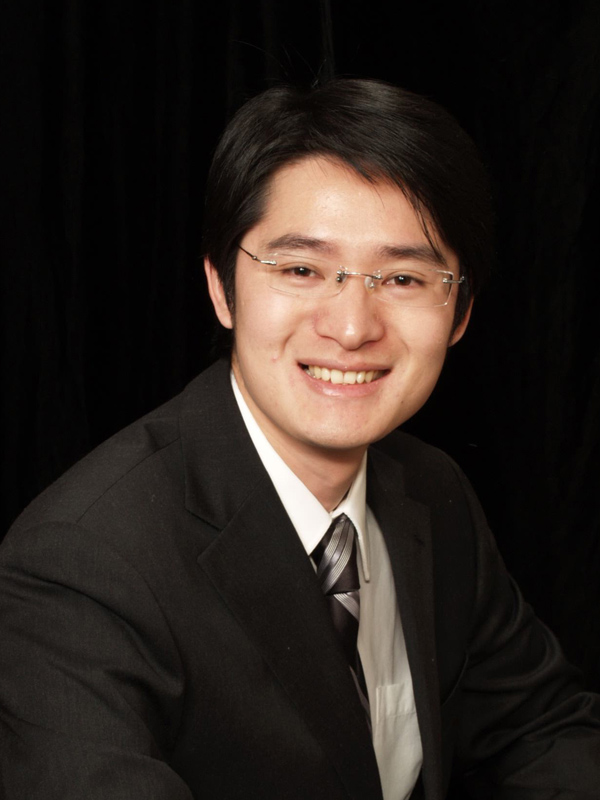

The practice of materials synthesis is analogous to cooking in the sense that many factors - such as raw materials, tools and recipes - must be carefully selected and optimized by "tasting" at various stages. The conventional one-by-one method for arriving at a good product takes a lot of time and energy. Yet, throughout the history of mankind, scientists and engineers have relied on the slow and serendipitous trial-and-error approach for materials discovery. To compete successfully and claim priority with new materials, one must be able to accelerate the pace of the optimization process. In 1980s, the combinatorial approach was pioneered in the pharmaceutical industry in order to dramatically increase the rate at which new chemicals are identified. In this approach, large arrays of compounds with different compositions are synthesized and screened together in parallel. The combinatorial concept is now widely being implemented in a variety of technological areas where new materials are urgently needed. I will discuss how tools of nano-synthesis and characterization are used to apply this approach to rapidly identify new compositions of solid state materials in electronics and energy applications.
Takeuchi's research interests include combinatorial synthesis and characterization of novel electronic and smart materials; fabrication and characterization of novel thin-film multilayer devices; and scanning probe microscopes.

New materials can solve many (though not all) of the world's problems though faster, smaller and cheaper processing and storage of information and energy. Improving and optimizing the materials we already use for these purposes can only take us so far -- what about something really new? How would we know where to look? Using the theory of quantum mechanics to perform computer simulations of the properties of known and as-yet hypothetical materials, we have begun to sketch out a map of the world of materials. Using this map, we now can set out into the open ocean to land on little-known coastlines and launch expeditions into the interior to explore the properties of relatively unknown families of materials. The information we gather through experiments conducted in the "virtual world" of the computer helps to fill in the map and serves as a guide to experimenters in the real world, allowing them to focus their efforts in the most promising directions. In this talk, I will describe what functional materials are and how they work, how we can study hypothetical materials using computer simulations, and how this approach complements and enhances the process of discovery and design of new materials in a real-world laboratory.
Research Activities: Chemical and structural complexity has proved to be an critical factor in producing a variety of fascinating properties of solids, including ferroelectricity, large piezoelectric and dielectric responses, and multiferroicity in metals and insulators, as well as quasicrystallinity and high-temperature superconductivity. The research in my group currently centers on the theoretical investigation of ferroelectrics and related materials, and of magnetic and nonmagnetic martensites. First-principles density-functional methods are used both directly and in the construction of first-principles effective Hamiltonians for theoretical prediction and analysis of properties of materials, both real and as-yet hypothetical, in bulk and thin film forms.

Interfaces that consist of the discontinuation of the atomic structure of a solid in contact with another solid, a liquid or a gas have long provided a window into fundamental behavior of condensed matter. The more recent ability to fabricate controlled interfaces with nanometer dimensions has yielded interesting and sometimes unexpected properties that can be size dependent. This talk will present recent observations of the size dependence of electronic properties of metal-semiconducting oxide interfaces and plasmon induced hot electrons at metal-biomolecule interfaces. Implications to device applications will be discussed. Finally the critical role of quantitatively probing complex properties at small scales will be illustrated.
Bonnell explores the fundamental basis of property variations at atomic scales in complex materials, exploiting these variations to make functional systems. The Bonnell Group images and manipulates atoms and molecules using scanning probes, and develops new tools for examining behavior at these scales. Bonnell and her group induce local property variations to be used as templates in patterning complex nanostructures, such as nanoelectronic and opto electronic devices, and they analyze compound nanostructures, consisting of ferroelectric compounds, synthetic proteins, and nano dots.

The utilization of inorganic nanoparticles as theranostic agents holds great promise in offering unique solutions to current issues in combating cancers. While individual nanoparticles are no doubt exciting, ensemble of interacting nanoparticles can exhibit a rich variety of novel and extremely useful collective properties that can be radically different from their individuals. These new synergistic properties are originated from the coupling interactions between metallic, semiconductor or magnetic nanoparticles in the ensemble. It is reasonable for us to expect that harvesting the collective properties of nanoparticle ensembles would enable full realization of the enormous potential of inorganic nanoparticles in cancer imaging and treatment. In this talk, I will convey the concept of utilizing nanoparticle ensembles for biomedical applications. I will present the organization of nanoparticles into a diverse range of complex hierarchical nanostructures, and the demonstration of their applications in effective cancer theranostics, such as combination therapy (e.g., photo-thermal/photodynamic/chemo-therapy) and multimodality bioimaging (e.g., photo-thermal/photoacoustic imaging, et.).
The central theme of our research program is to understand interactions between molecules and nanoscale objects for assembling functional materials. We are particularly interested in molecular and colloidal assembly, the collective properties of nanoparticle ensembles, and the biomedical applications of assemblies.